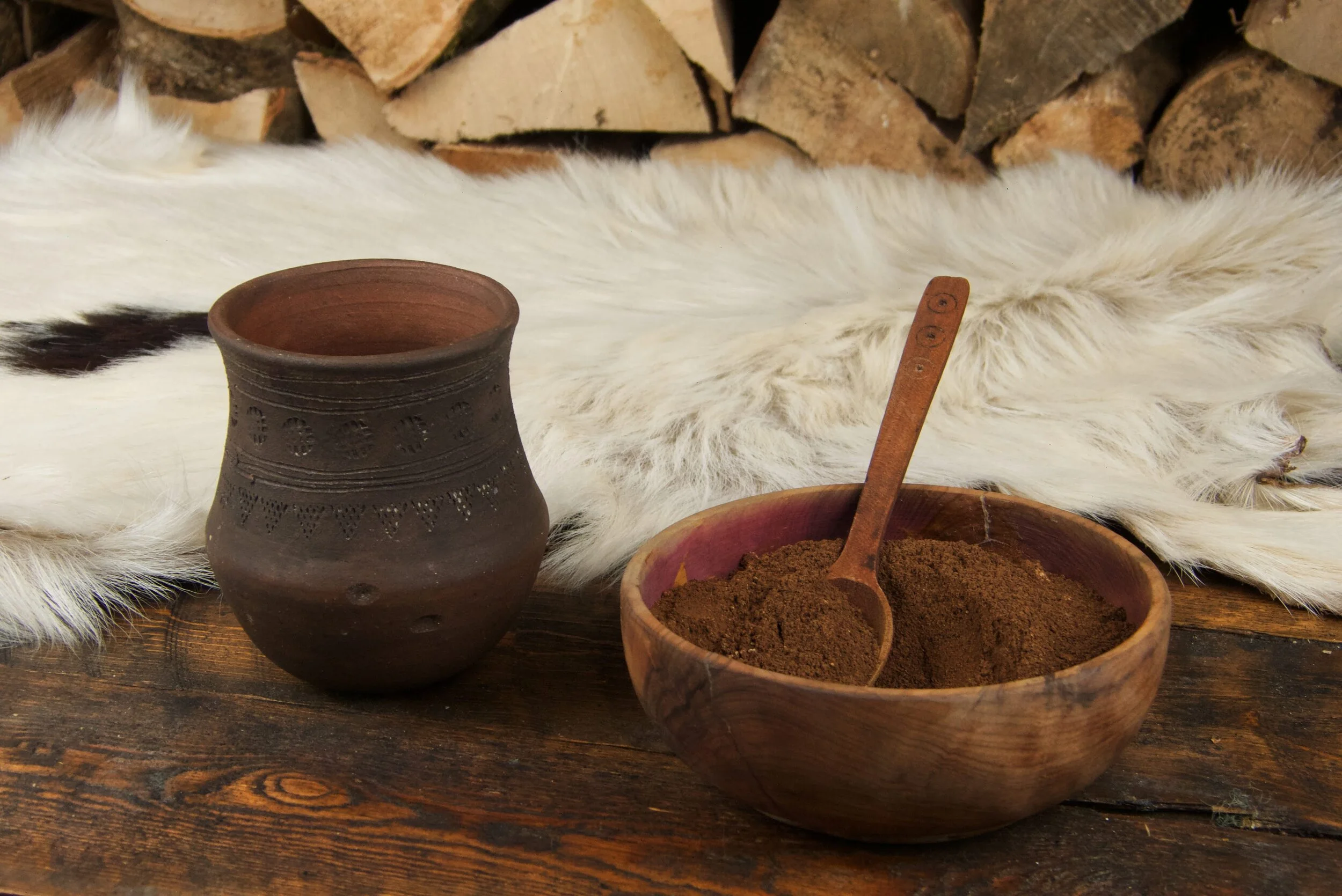There are many ways to make Kombucha tea, so this is only meant as a beginners guide. You could experiment with adding flavours before you bottle it. Ginger, lemon/lime or a handful of fresh or dried berries are all popular choices.
Kombucha is a really great health food, promoting good gut bacteria. It’s been in use for hundreds of years, all over the world. The first recorded use was in China in 221 BC during the Tsin Dynasty, where it was known as “The Tea of Immortality”.
Although this is a fermented drink, the balance of bacteria and yeast keep the alcohol content so low, it is classed as non alcoholic.
Two important points when making kombucha:
1. As with homebrew, make sure everything is really clean. Avoid antibacterial soaps and sterilisers though, Ecover is ok
2.Do not use metal containers or spoons, as this can kill your scoby!
Ingredients:
• 100g granulated sugar
• 4 tea bags (black, green, earl grey - whatever takes your fancy)
• 1.65L Boiled water
• 1 SCOBY (Symbiotic Culture Of Bacteria and Yeasts) - Can be purchased online or befriend somebody who makes Kombucha already
• A little Kombucha
Method:
Put the sugar, and tea bags into a large, clean container. Cover with the boiled water and stir well. Leave until cooled to room temperature.
Remove the tea bags and add your scoby and Kombucha. Cover the top of the container with a muslin cloth. Leave to ferment for 5-14 days. The longer you leave it the less sweet and more vinegary it will taste.
Pour the tea into clean swing top bottles, leaving behind some of the liquid and the scooby (ready to start all over again).
This is where you can get inventive and add your extra flavours to the bottles.
At this stage fermentation starts and can take anything from 2-5 days. Pop the lid on and check every day to relieve the pressure. Be careful to keep checking - too much pressure and your bottles will explode. After a few days the Kombucha should be fizzy and ready to drink.
Chill before serving.
Over time new SCOBY’s will form which can be used to make more Kombucha or given away for friends to brew their own.






